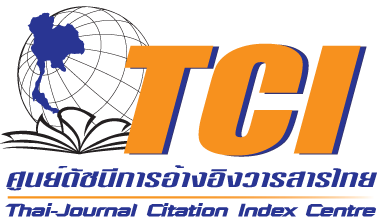Applying Digital Technology in ESL- Learning to Enhance Student Engagement and Learning Outcomes for K3 Students at Bangkok Bilingual School, Thailand
Keywords:
ESL-Learning, Digital Technology, Student engagement, Parent satisfactionAbstract
This quantitative research aimed to apply digital technology in ESL- learning to enhance student engagement and learning outcomes for K3 students at Bangkok Bilingual School, Thailand. There were 2 research objectives. To create a set of learning activities via Digital Technology to Enhance Student Engagement and Learning Outcomes for K3 Students at Bangkok Bilingual School’ and ‘To evaluate the effectiveness of the proposed set of learning activities via Digital Technology in terms of (1) Student Engagement and English communication skills and (2) parent satisfaction of applying Digital Technology in ESL learning activities.’ There were 21 mixed-ability students, participating in 6 weeks of ESL classes using technology, tested by a pre and post-test, and their parents assessing the homework activity, giving satisfaction feedback via a questionnaire. 5 experts in the relevant fields evaluated and validated the tools. The results showed that the use of technology enhances student engagement and learning outcomes, displaying improvement from the results from both the pretest and posttest, showing that technology can be used in the ESL classroom effectively. The mean result compares the pre-and post-tests, showing that the post-test results were 4 points greater on average than the pretest results. The post-test data had a higher standard deviation of 3.69. For the ESL activity, parents showed utmost satisfaction with the homework learning activity. They expressed satisfaction with their children being active and overall enjoyment. The results showed that the mean and standard deviation of parent satisfaction were satisfied at a high level.
References
Brown, H. D. (2000). Principles of language learning and teaching. New York: Pearson Education.
Bui, T. H. (2022). English teachers’ integration of digital technologies in the classroom. International Journal of Educational Research Open, 3, 100204. Retrieved from https://doi.org/10.1016/j.ijedro.2022.100204
Castello, D. (2015). First Language Acquisition and Classroom Language Learning: Similarities and Differences. ELAL College of Arts & Law, 1–18. (Castello, 2015).
Hilkemeijer, M. (2023, February 19). 5 ways to integrate technology in preschool. LinkedIn. Retrieved from https://www.linkedin.com/pulse/5-ways-integrate-technology-preschool-michael-hilkemeijer/
Korneev, M. (2020, March 19). The 5 most common challenges ESL learners face (and how to solve them). ELearning inside News. Retrieved from https://news.elearninginside.com/the-5-most-common-challenges-esl-learners-face-and-how-to-solve-them/
Oppenhaim-Shachar, S., & Berent, I. (2021). Kindergarten teachers and ‘sharing dialogue’ with parents: The importance of practice in the process of building trust in the training process. Teaching Education, 34(1), 35–49. Retrieved from https://doi.org/10.1080/10476210.2021.1996557







